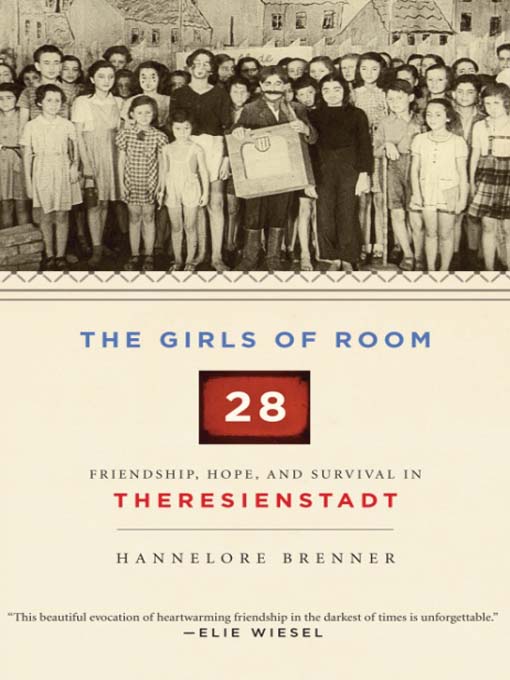- Indie Author Project Collection
- Newest Ebooks
- Always Available Classics
- Available now
- English Language Reference
- Stop the Spread
- Newly Added Mystery
- From the Page to the Screen
- Staff Favorites
- Read a Classic
- Fantastic Beasts & How We Love Them
- Joke's on You
- Who Runs the World?: Women's History
- See all
- Listen again! - Time Capsule: 2022
- Listen While You Travel
- Most popular
- Spooky Sounds
- Listen to Some Love
- Give a Listen: Social Justice Audiobooks
- eAudiobooks from Recorded Books!
- Listen to a Classic
- Newest Audiobooks
- Listen to a Biography
- Available now
- Page to Screen: Audiobooks
- Try something different
- See all


